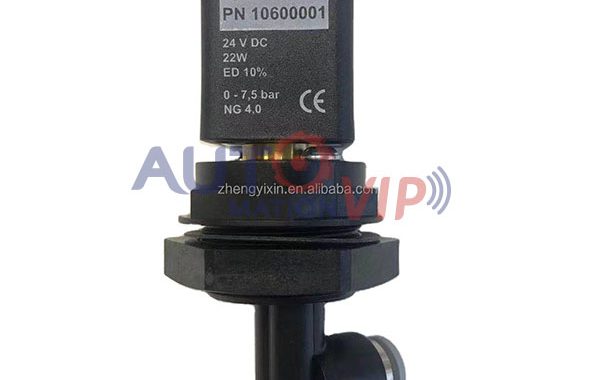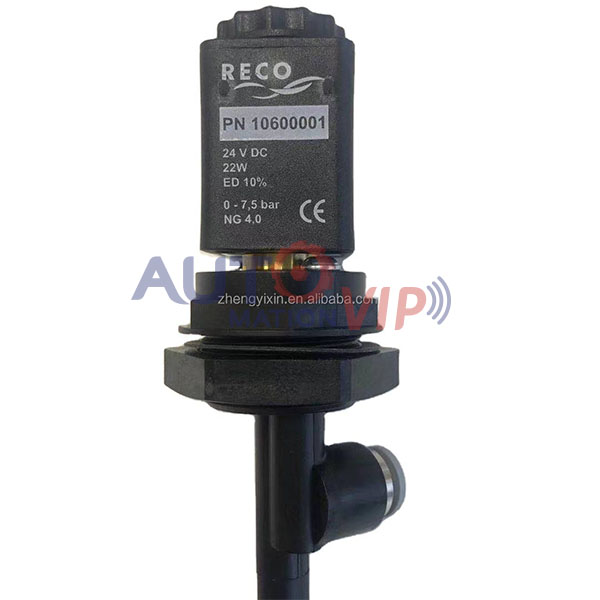The common failures and troubleshooting methods for RECO solenoid valves (Germany) include the following:
1. Coil Short Circuit or Open Circuit
Use a multimeter to measure the continuity of the solenoid valve coil. If the resistance approaches zero or infinity, the coil is short-circuited or open-circuited.
If the resistance is normal but the valve still fails to activate, perform a final test: Place a small screwdriver near the coil’s metal rod and power on the valve. If no magnetic force is detected, the coil is damaged and must be replaced.
2. Wiring Issues
Check for loose or disconnected wiring terminals and tighten them if necessary.
If the valve does not activate, disconnect the wiring and use a multimeter to test for an open circuit in the coil. If confirmed, the coil is burned out and requires replacement.
3. Valve Core Failure
If the valve shows no response under normal media pressure, the valve core may be damaged.
Inspect for impurities or moisture in the media. If cleaning the media does not resolve the issue, replace the valve core or the entire solenoid valve.
4. Sticking Issues
The sliding sleeve and valve core have a minimal gap, making them prone to jamming due to debris or insufficient lubrication.
Temporary fix: Insert a thin wire into the valve’s front hole to manually dislodge the core.
Permanent solution: Disassemble the valve, clean the core and sleeve thoroughly, and ensure smooth movement.
5. Air Leakage
Air leaks reduce pressure, hindering valve operation. Causes include damaged seals or worn sliding components.
Address leaks when the valve is de-energized. Replace sealing gaskets or repair/replace the sliding components as needed.
6. Abnormal Noise
Noise during operation may stem from foreign objects in the pilot valve or loose nuts.
Solution: Clean the pilot valve and tighten all fasteners.
7. Valve Jamming
Caused by debris or insufficient lubrication.
Solution: Clean the valve and apply appropriate lubricant.
8. Gas Leakage
Leaks occur due to damaged seals or worn sliding parts.
Solution: Replace sealing gaskets or repair/replace the sliding components.
9. Slow Response
Delayed action may result from debris in the valve or pilot valve.
Solution: Clean the affected components.
10. Abnormal Flow Rate
Caused by partially opened diaphragms or pilot valve issues.
Solution: Clean or replace the pilot valve and ensure the diaphragm moves freely.
This guide provides systematic steps to diagnose and resolve common issues with RECO solenoid valves, ensuring optimal performance and longevity.


